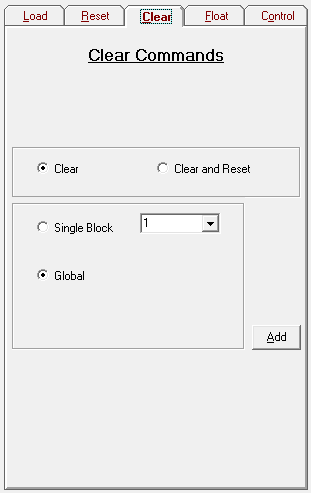DLPU040B October 2016 – March 2023 DLP650LNIR , DLPC410
- DLP Discovery 4100 Development Platform User’s Guide
- Trademarks
- 1Introduction
-
2Overview
- 2.1 The DLP Discovery 4100 Development Platform
- 2.2 DLP Discovery 4100 Development Platform Photo
- 2.3
Key Components
- 2.3.1 Xilinx Virtex 5 APPSFPGA
- 2.3.2 DLPC410 - Digital Controller for DLP Discovery 4100 Chipset
- 2.3.3 DLPA200 - DMD Micromirror Driver
- 2.3.4 DLPR410 - Configuration PROM for DLPC410 Controller
- 2.3.5 APPSFPGA Flash Configuration PROM
- 2.3.6 DMD Connectors
- 2.3.7 USB Controller
- 2.3.8 50-MHz Oscillator
- 2.3.9 DDR2 SODIMM Connector
- 2.3.10 Connectors
- 2.3.11 Battery
- 2.3.12 Power Supplies
-
3Hardware Overview and Setup
- 3.1 Getting Started
- 3.2
User Connectors and I/O
- 3.2.1 J12 Input Power Connector
- 3.2.2 J18 Input Power Connector
- 3.2.3 J1 USB Connector Pinout
- 3.2.4 J3 USB GPIO
- 3.2.5 J6 GPIO_A Connector
- 3.2.6 J8 DLPC410 Mictor Connector
- 3.2.7 J9 USB/APPSFPGA Mictor Connector
- 3.2.8 J13 DMD Flex 1 Connector
- 3.2.9 J14 DMD Flex 2 Connector
- 3.2.10 J15 DDR2 SODIMM Connector
- 3.2.11 J16, J17 EXP Connectors
- 3.2.12 H1 Xilinx FPGA JTAG Header
- 3.3 Configuration Jumpers
- 3.4 Switches
- 3.5 Power and Status LEDs
- 3.6 Test Points
-
4Software
- 4.1 Overview
- 4.2 DLP Discovery 4100 Operation
- 4.3 Graphical User Interface
- 4.4 Script and Status Operations
- 4.5 DLPC410 Control Window
- 4.6 Test Patterns Window
- 4.7 About Box
- 4.8 Links
- 5Related Documentation
- 6Appendix
- 7Revision History
4.3.3.3 Clear Tab
The Clear Tab commands clear the memory contents of all the blocks using the Global option or individually using the Single Block option by writing zeroes to the contents of DMD memory. The Clear option clears memory only, the Clear and Reset option clears memory and performs a reset to change the display. Select the desired option and click on the Add button to add to script (see #DLPU0403191).
Note: NOTE: The Global option is implemented in software by sequentially issuing a DMD Block Clear command to all the blocks on the DMD.
 Figure 4-24 Clear Tab
Figure 4-24 Clear Tab